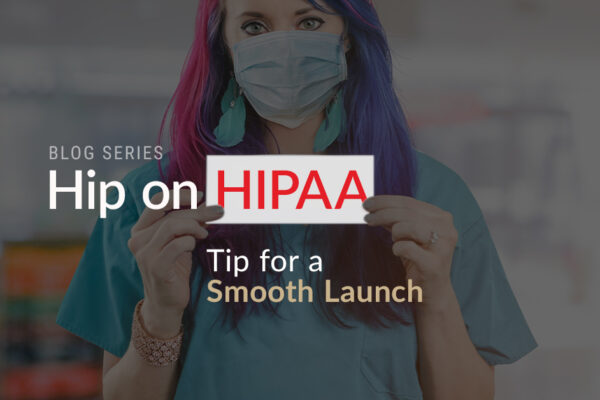A scenario: your experience, virtual health, and marketing leaders have shaped creative and compelling ideas to personalize interactions with healthcare consumers.
Of course, execution drives those inspirations to fruition, and any type of communication connected to patient data requires a new set of considerations. Realistically, you’ll employ the expertise of development teams as you move your vision toward reality.
YOU MAY ALSO ENJOY – Hip On HIPAA: The Secret Sauce to Successful Marketing Campaigns
An Agile Way of Working With Your Tech Teams
Over the past 20 years or so, how large scale data and software development projects are implemented has transformed from standard Software Development Life Cycle (SDLC) methodologies, such as waterfall and iterative, to a more collaborative approaches like Agile and Scaled Agile Framework (SAFe).
Companies recognize the benefits of Agile concepts and many are on a journey to fully adopt agile concepts. Some currently are using a hybrid approach taking Agile tenants such as Backlog, Sprint Planning, Sprints and daily standups and incorporating that into an iterative/waterfall methodology.
My point here is there are multiple ways to go about executing the delivery of software development projects. However, regardless of the methodology used there is one constant in the delivery equation that never changes…
And that is data.
Data: At the Heart of Progressive Healthcare Interactions
In the healthcare industry there are many rules in place that guide the use and dissemination of data. These rules are defined as part of HIPAA (Health Insurance Portability and Accounting Act) and the use of PHI (Protected Health Information).
One of the most important aspects of working with healthcare data is to ensure all PHI data is masked prior to starting the testing of any logic. This protects the company, employee, and any third party vendors from accidentally violating HIPAA compliance rules regarding the protection of PHI data and facing fines penalties (or even worse).
YOU MAY ALSO ENJOY – [Podcast] Healthcare Data is Changing Consumer Care
Production Tip for HIPAA-Compliant Personalized Interactions
Most companies have a formal process to request the selection of a subset of production data, and the masking of that data for testing purposes. However it needs to be planned for. The securing of masked testing data could take anywhere from 2 to 4 weeks, depending upon the type of data that needs to be selected and the lead time required to coordinate the selection of the required data.
If not properly planned for, this could cause delays in the development and testing of your projects solution.
So remember, no matter what development methodology you employ, take the time to properly plan for the amount and type of data required to successfully test your software logic.
YOU MAY ALSO ENJOY – Hip On HIPAA: How Do We Deliver Better Front-End Experiences
Struggling to Meld HIPAA Compliance and Great Experiences?
We can help. Reach out, and let’s talk.

